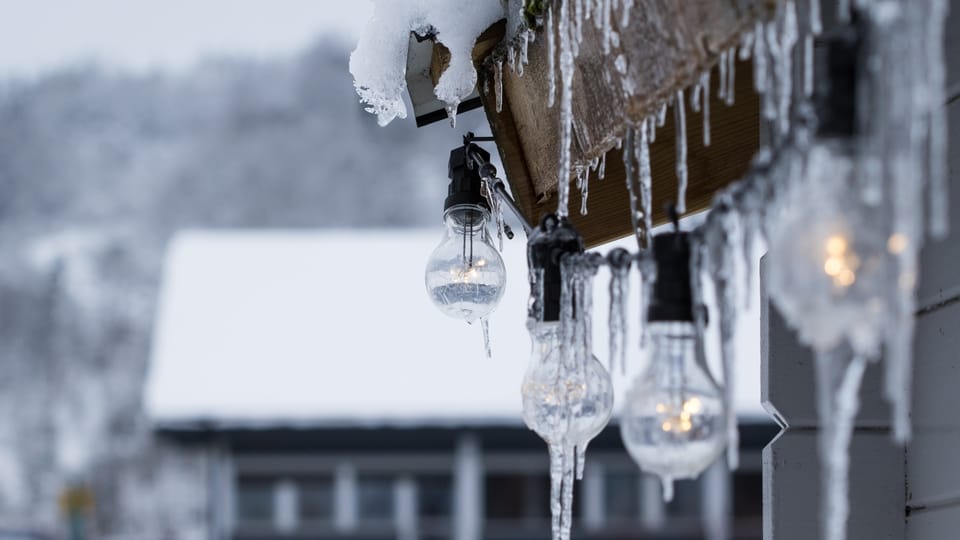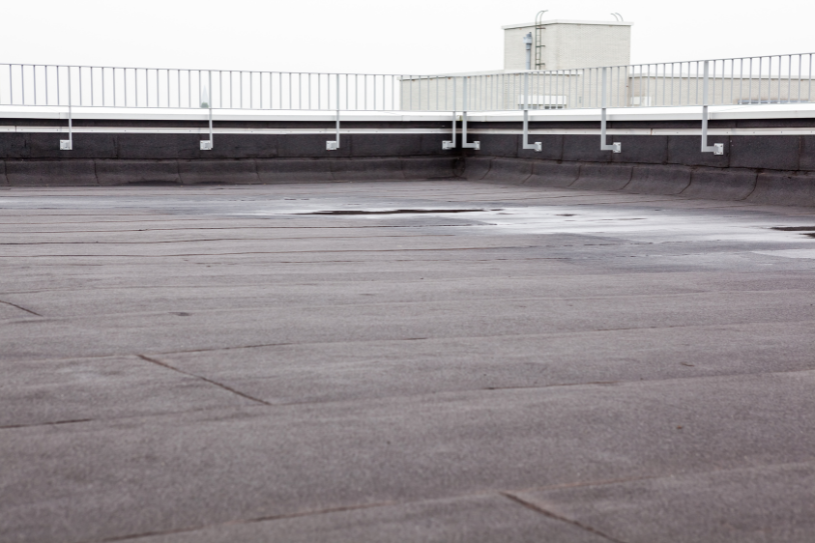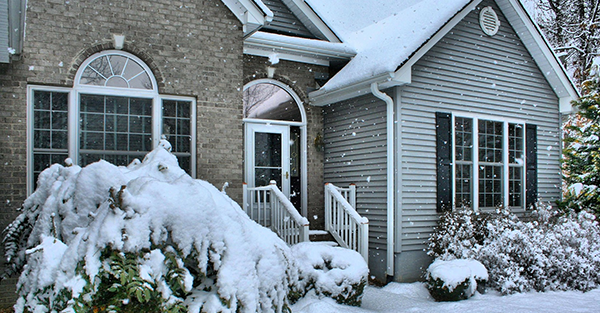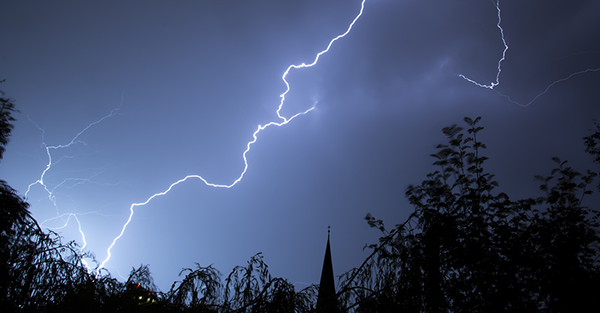
As the weather grows colder, it’s a good time to perform some routine maintenance on your home, such as cleaning out your gutters, to get ready for the winter season. Is your roof in good shape and ready for another snowy, icy season in the Midwest?
Living in a climate prone to snow and ice storms brings with it the recurring problem of ice dams. These ridges of frozen water often form along the eaves of your roof and can lead to icicles, broken gutters, roof damage, and even water intrusion into your home. One solution homeowners often consider is installing heat cables, but are they worth it?
What causes ice dams?
After a heavy snow and sustained sub-freezing temperatures, your roof can become blanketed in snow. Ideally, your roof’s surface stays as cold as the outside air, allowing snow to melt slowly and evenly or evaporate altogether. However, when indoor heat escapes into the attic due to poor insulation, it warms the underside of the roof. This causes the bottom layer of snow to melt even while the surface remains frozen. The melted snow trickles down beneath the snowpack until it reaches the colder roof edges, where it re-freezes and begins to build up.
This process quickly forms a blockage of ice near the eaves. If your gutters are clogged or poorly installed, the situation can escalate even faster. As the ice dam grows, it traps water behind it, allowing moisture to seep beneath your shingles. Over time, this can cause structural roof damage, saturate your insulation, promote mold growth, and ruin interior drywall. The weight and expansion of ice can also break gutters or create safety hazards for people walking below.
How Can Heat Cables Help Ice Dam Prevention?
Heat cables, also known as heat tape, heat wire, or roof ice cables, are heated cables that can be attached to your roof. When activated, they warm up and melt narrow channels through existing ice dams, giving snowmelt a clear path to drain off the roof. This can help reduce the risk of water backing up under your shingles and into your home.
These cables are commonly used in targeted problem areas to reduce the chance of roof leaks, gutter damage, and moisture infiltration. They’re often installed in patterns along the eaves, in roof valleys, around skylights or chimneys, and inside gutters or downspouts. When used correctly, heat cables can be a helpful short-term solution to reduce ice accumulation and protect vulnerable areas from excess moisture.
They tend to be most effective on homes where ice buildup occurs in isolated locations and other structural fixes aren’t immediately feasible. However, if your home experiences widespread or recurring ice dams, this likely points to deeper issues with your attic insulation, ventilation, or overall roof design—issues that heat cables won’t fix.
The most common areas where ice dams form include:
- In valleys of the roof
- On low-angle roofs or flat-pitch roofs
- Around chimneys and skylights
- At the eaves of the roof (by far, the most common location)
For many homeowners, heat cables seem like an easy solution, but it’s important to understand their limitations. Heat cables do not prevent ice dams from forming and won’t eliminate the problem entirely. Their role is to create small melt paths through existing ice to allow better drainage. To prevent ice dams from forming in the first place, you’ll need to address the root causes—usually heat escaping into the attic and poor ventilation across the roof. Upgrading attic insulation and improving airflow are more effective long-term solutions for protecting your roof and gutters from winter damage.
Advantages of Installing Heat Cables
When installed professionally and used in the right situations, heat cables can be effective in minimizing ice dam-related roof damage. They’re relatively affordable compared to large-scale insulation or ventilation upgrades and can offer short-term relief during severe winters. One of their most helpful benefits is preventing gutters from freezing solid and tearing away from your home. For homeowners dealing with isolated trouble spots heat cables can provide peace of mind and protection against water infiltration.
Disadvantages of Installing Heat Cables
Heat cables require electricity to operate, and running them continuously throughout the winter can significantly increase your utility bills. They also require monitoring to avoid excessive energy use and reduce fire risk. From a visual standpoint, heat cables are not aesthetically appealing and may detract from your home’s curb appeal. More importantly, they don’t solve the root causes of ice dams. Without addressing underlying issues like poor attic insulation, inadequate ventilation, or roof damage, the long-term costs can outweigh the benefits.
Often, persistent ice dams indicate a roofing system that is improperly sealed or lacks proper airflow. If your attic stays warmer than 30°F during freezing temperatures, that heat is contributing to the problem. Before winter hits, it’s a smart idea to have a trusted roofing contractor perform a home energy audit. Their recommendations can dramatically reduce ice dam formation and improve your home's overall energy efficiency.
Plan ahead for winter roof protection
While heat cables can be a helpful part of your winter roof maintenance plan, they work best as a complement to, not a replacement for, proper roofing and attic care. A combination of roof repair, gutter maintenance, and insulation improvements will deliver more effective and lasting results.
If you're unsure whether heat cables are right for your home or want to prevent roof and gutter damage this winter, reach out to the team at Hedrick Construction. We offer professional roof inspections, insulation upgrades, and gutter solutions to help Iowa homeowners stay protected through every season.
Contact us today to schedule an inspection or learn more about winter roofing solutions.







Comments